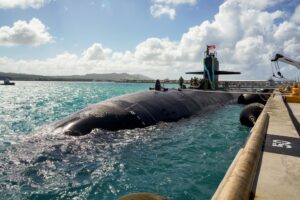
The Pentagon has concluded its new Global Posture Review (GPR) assessing how its forces and resources are deployed around the world, to include enhancing infrastructure in Australia and Guam with the department’s increased focus on the Indo-Pacific region. Mara Karlin, the acting deputy under secretary of defense for policy, noted, however, that much of the posture review’s specific findings will remain classified. “[The GPR] was a robust interagency effort. The Department of Defense led the GPR with participation and guidance…

 By
By 











